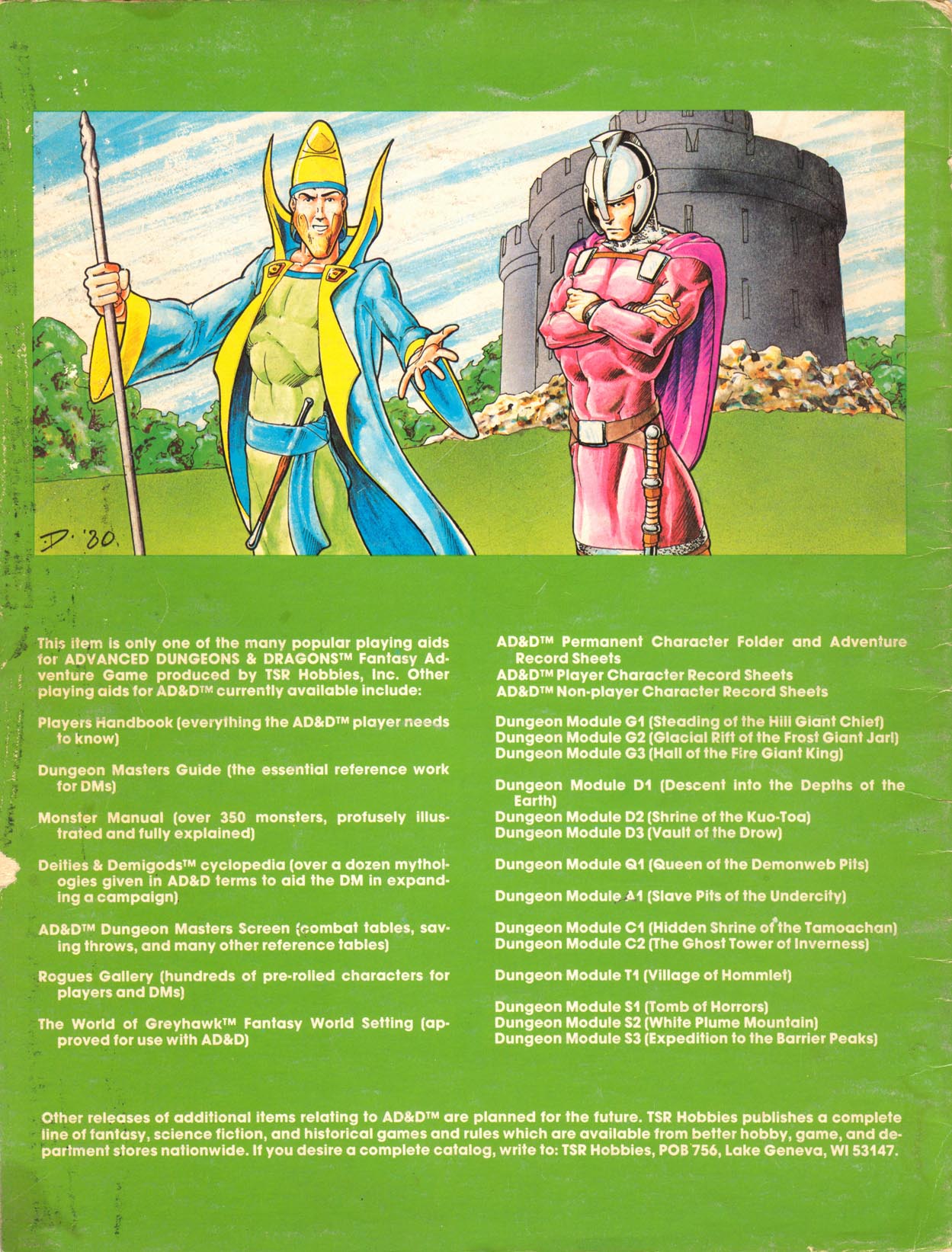This is a well-done video on this topic. One point is that “queer representation” is not necessarily a matter of game design, but has to do with aspects of performance and trying out identity, which applies much more broadly than games that are ‘about’ sex or queer identity
So, if I was going to do something more than just the history, I would say that there are three axes that matter.
Oh no. Did I just do a three-part typology. NOOO! Ahem, anyway...
For RPGs, the three things that matter for queer representation are:
1. The roleplaying aspect. This is sort of the "fluff" I was referring to in the 70s and 80s (and is always a part of the game). The ability to role-play, to perform, as someone not yourself- that's incredibly important when it comes to a lot of things in general, and queer identity specifically.
2. Representation within the game. Seeing others, whether they are lesbian, gay, bisexual, transgender, intersex, asexual, or queer, within the game materials is important. It's especially important that they are presented as normal, and not as "deviant" or just as villains.
3. Mechanical support. While I personally am not a huge fan of certain aspects of "system matters" it certainly the case that when you start putting in mechanical support in games for romance, etc., you want to see support for inclusivity in the relationships- explicitly by allowing for it, or by making it a gameplay aspect (the difference between mechanics that allows queer romance, and mechanics that are queering).
I would say that all of these are different, and all of them are important in different ways. But that's a good video, and I love all the contributions people are making!


